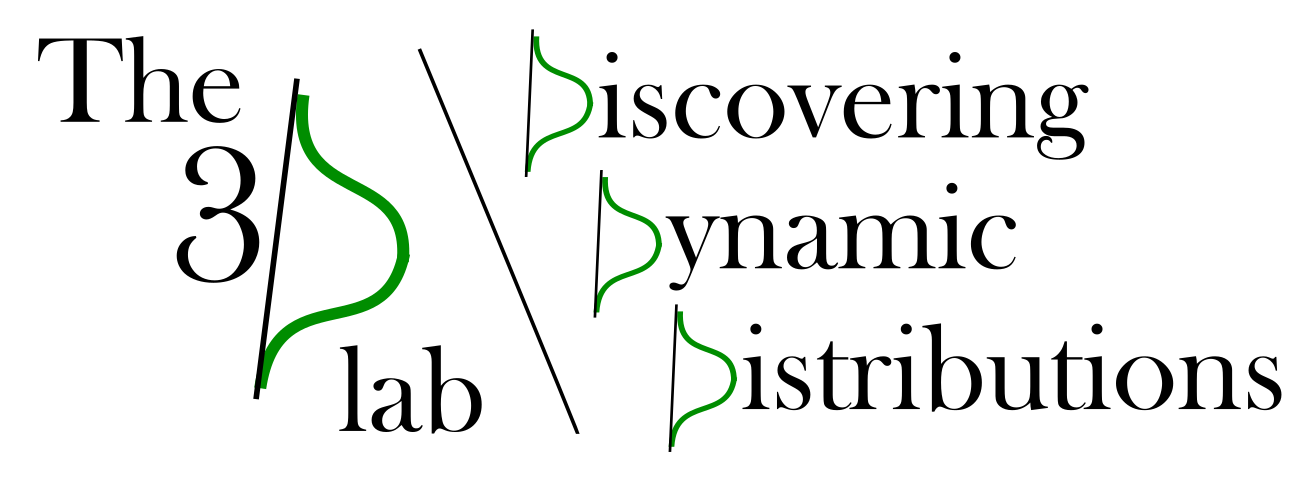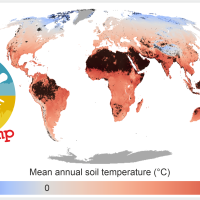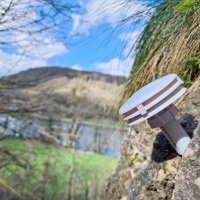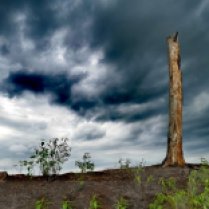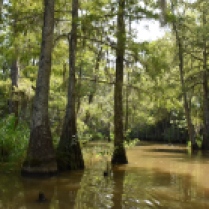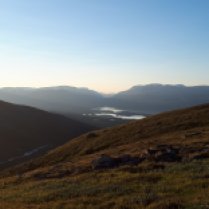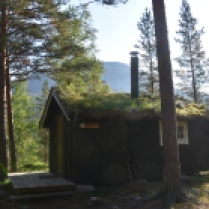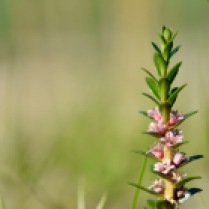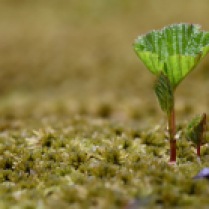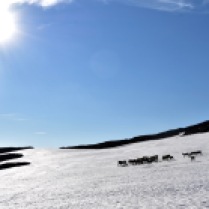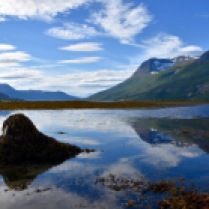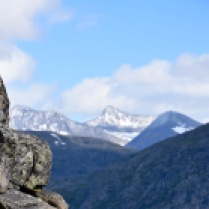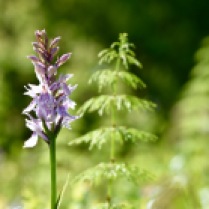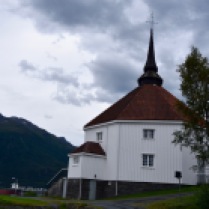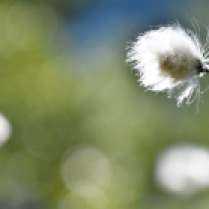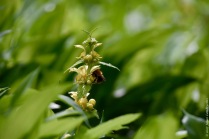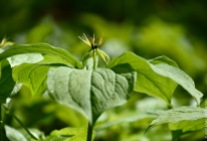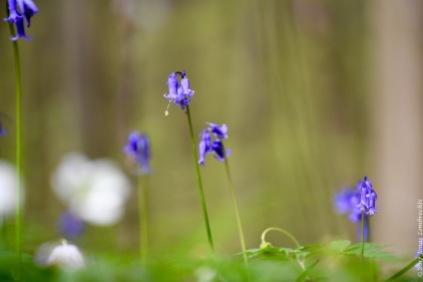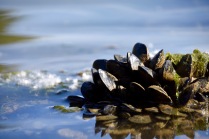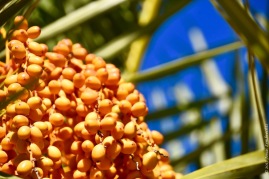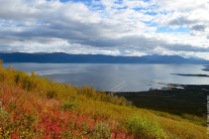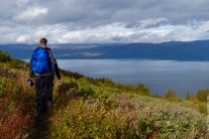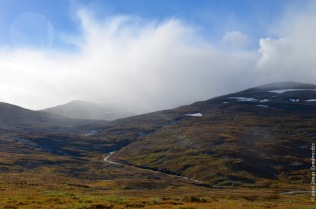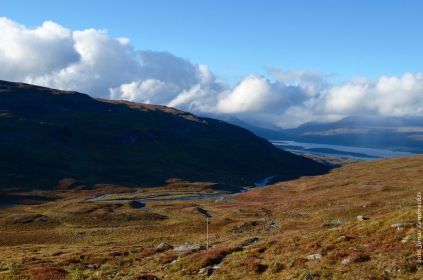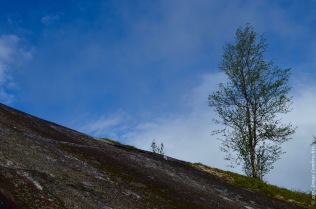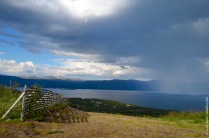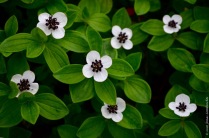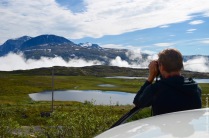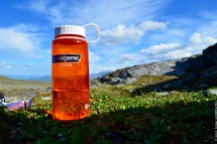From the first days of SoilTemp, we had the ambition to turn this project into more than ‘just a database’. SoilTemp could become the much-needed glue to stick together microclimate ecologists and biogeographers from across the globe, and give them an opportunity to learn from each other and jointly move the field forward.
It was time for such a community, we believed, as microclimate research was rapidly evolving into a booming scientific discipline and, after several decades of crucial fundamental work, the field was finally truly turning global.

This vision for a collaborative future saw its first, and perhaps most important, pinnacle in 2022, when we managed to bring together more than a hundred microclimate enthusiasts at the first Microclimate Ecology & Biogeography (ME&B) conference in Antwerp. For a week, the spacious rooms of our beautifully old conference facility was buzzing with microclimate research from all across the globe.

So inspiring was the atmosphere, that we decided to write down what we learned at that conference and inform the world about the major strides forward that our field has taken and, importantly, where we believe the field is and should be heading next.

Thanks to a gigantic effort by 97 conference participants, the output of that story now got published: a perspective piece called ‘Microclimate, an important part of ecology and biogeography’. The main message of that paper got nicely summarized by lead author Julia Kemppinen on X.
In the article, we summarize the current status of microclimate ecology and biogeography as its own scientific discipline. First, we highlight the latest research on interactions between microclimates and organisms, including how microclimates influence individuals, and through them populations, communities, and entire ecosystems. We show how this is increasingly being studied from the tropics to the poles.

We discuss the importance of microclimates in ecosystem management under climate change. We showcase new research in microclimate management with examples from biodiversity conservation, forestry, and urban ecology.
Finally, we summarize the recent advances in data acquisition, such as novel field sensors and remote sensing methods. We discuss microclimate modelling, mapping and data processing, including the accessibility of modelling tools & advantages of different modelling approaches.

Most importantly, we thus ask the question: what is next for microclimate ecology and biogeography? We identify major knowledge gaps that need to be filled for further advancing microclimate investigations, applications, and methods in the fields of ecology and biogeography. First of all, global microclimate research should be conscious of its biases. For instance, forest and tundra biomes are well represented in the microclimate literature, while microclimates matter to many terrestrial organisms across all terrestrial biomes. Second, it is also important to note that in the English-written scientific literature, microclimate ecology and biogeography are largely represented by studies, researchers and institutions of European, North American and Australian origin. We emphasize that these knowledge gaps and biases are important to consider in all future research that aims for a genuinely global coverage in microclimate investigations. This is key for making ecology and biogeography a more global endeavour.
That said, our most urgent research gaps include 1) spatiotemporal scaling of microclimate data, 2) quantifying and understanding the mismatches between macroclimate and microclimate in predicting responses of organisms to climate change, and 3) the need for more evidence on the outcomes of microclimate management.

With all that in mind, this is clearly an optimistic paper: we show how we can come together with our own expertise and background, from all over the world, and rapidly move a field of research forward. Who would have thought, ten years ago, that microclimate would have become such a crucial parameter in all of ecological research? Who would have thought that so many of us would now routinely incorporate a microclimate perspective in their research? We haven’t saved the world just yet, but at least we brought a global community together with that goal in mind.
As such, the ME&B-conference was indeed truly a pinnacle of our work at SoilTemp. However, mind you, this was just the beginning of microclimate science as a global discipline. Now, our ‘snowball’ is rolling downhill, and increasingly gaining momentum. Wanna jump on? A perfect opportunity would be the néxt ME&B-conference, happening this August in Helsinki.
You wouldn’t want to miss it, as there is still so much more to learn!

